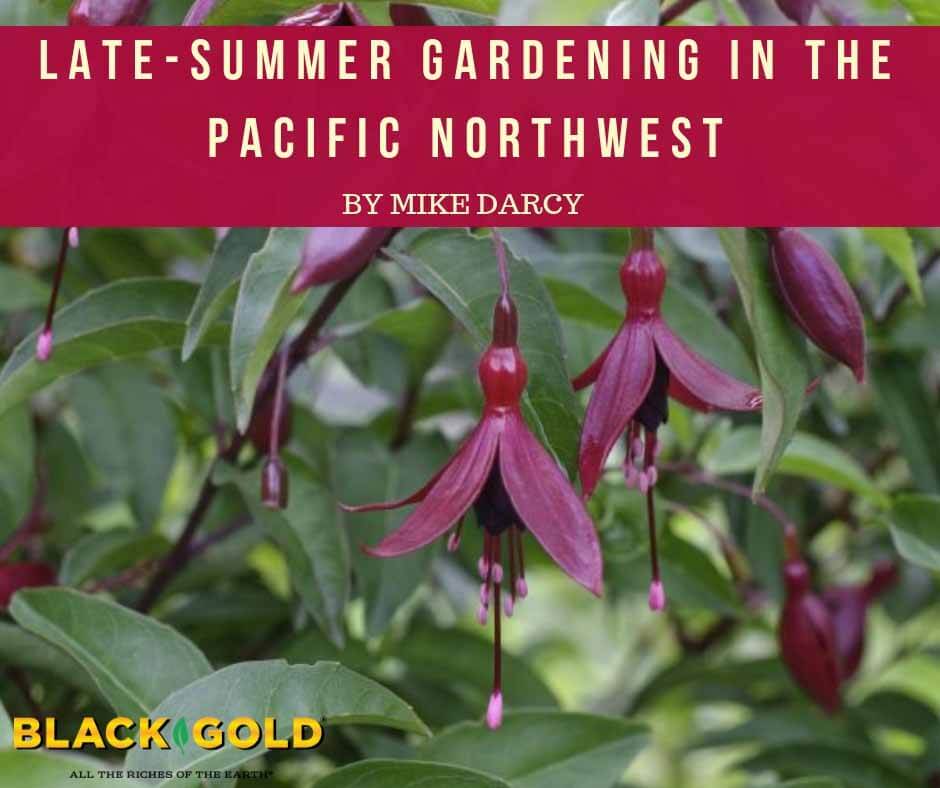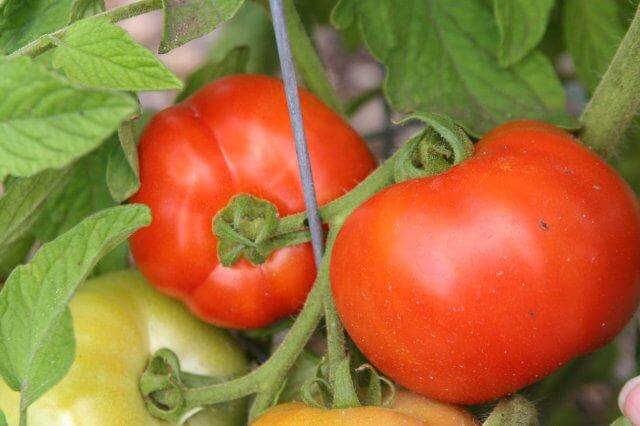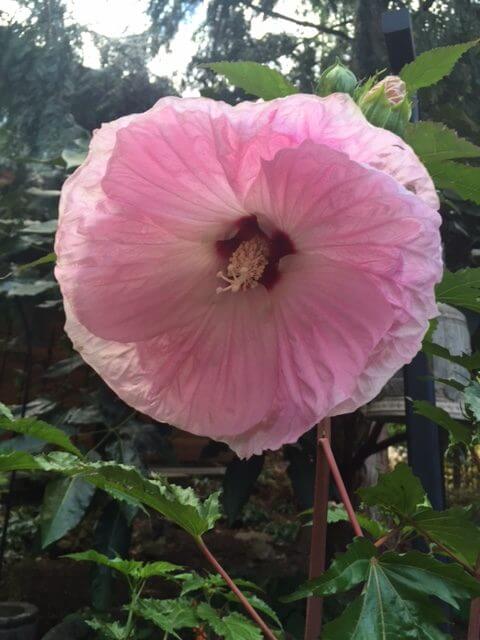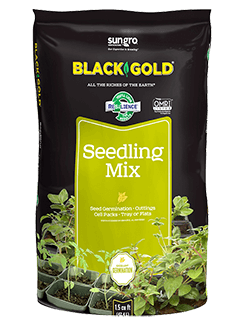
It seems as though the gardening season has flown by, and here it is August already. I think August is a good month to relax and enjoy the fruits of your labor; summer is not quite over and autumn has not yet begun. The summer vegetable gardens are peaking with tomatoes, squash, melons, beans, cucumbers, and all the other seasonal crops. The flower garden is bursting with the color of all the late-season bloomers, like dahlias, crape myrtle, hardy hibiscus, salvias, and the list goes on.
Late-Summer Food Crops

This has been a good season for tomatoes, and I am hearing from other gardeners that their crops are abundant. We had both a mild winter and spring and tomatoes, which usually do not ripen until September in the Pacific Northwest, are turning red.
This year the season for commercial fruit and berry growers is about two weeks ahead of normal. Last week I visited with the Market Manager of the Beaverton (OR) Farmers Market, and she said that apples that are usually brought to the Market in September maturing by mid-August. Fall apples are now ripening in late summer!
Hardy Hibiscus

Since there is not much we can do about the weather, we should look to the garden and enjoy it and all the color it has to offer. A favorite pastime of mine is walking through the garden in the early morning before the sun has gotten hot. I like looking at all the color that the August garden provides. In the past few weeks, I have been adding hardy hibiscus, (Hibiscus moscheutos), to my garden, and I am enjoying this late-blooming hardy perennial.
Often when people hear the word “Hibiscus”, they think of the tropical Chinese hibiscus (Hibiscus rosa-sinensis) from East Asia. Instead, this hibiscus is native to the eastern United States, and I remind garden enthusiasts that if it can survive a winter in Michigan or Ohio, it will certainly survive a Portland winter. One of its attributes is that it blooms later in the season, July-September, when many other herbaceous perennials are long gone. Check out your local garden center as they should have plants in bloom now. In addition to flower color, (white, pink, red, and all shades in between), this hibiscus has a variety of foliage colors from solid green to dark red and almost black.
Hardy hibiscus like to be planted in full sun and need summer watering. In fact, it is a wetland plant that grows well in continuously moist ground. That’s why I mix Black Gold Garden Compost into the soil before I plant to help hold moisture.
Fuchsia
Our Pacific Northwest climate is ideal for growing fuchsias and most are nonstop bloomers. All summer they attract hummingbirds, which is an added benefit. A fuchsia that I saw in a garden late last summer was called ‘Dying Embers‘. This prolific bloomer was a must-have in my garden this year, and it is not a disappointment with its small, very dark purple blooms. I have my plant in a large pot filled with Black Gold Natural & Organic Potting Soil. As the August sun has been hot and bright, I am very glad that I did because it holds moisture while also providing good drainage and boost of organic fertilizer.

Seed Starting
August is also the time to be thinking about the fall garden. Most of our winters are mild enough to allow vegetable cultivation through the coldest months. Sow seeds now for cool-season crops such as broccoli, cauliflower, cabbage, Brussels sprouts. Start seeds now in seed trays with Black Gold Seedling Mix and plant them outdoors by late summer. (Click here to learn more about starting plants from seed.) For gardeners with limited space, or those wishing to grow vegetables on a deck or patio, try starting leafy vegetables from seed in a pot using Black Gold All Purpose Potting Mix. Leaf lettuce is quick to germinate and can provide several cuttings before frost.
This is an ideal time of year to visit other gardens and see what is blooming. I like to encourage gardeners to visit new gardens, talk with other gardeners, and learn what plants have done well, or not so well. We often tend to visit other gardens in the spring and early summer, but many plant surprises can be also discovered in late-summer gardens.

